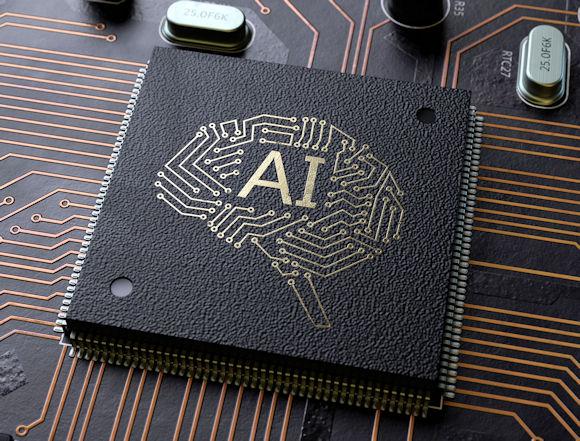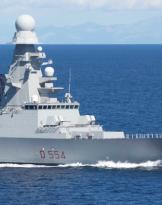As repeatedly written on the pages of this publication, Artificial Intelligence (AI) represents one of the major areas of comparison between the main global players, in the widespread belief that the battlefields of the future, when AI will be fully established , they will no longer see fighters face off in the open, but intelligent systems operate remotely on a multiplicity of levels and domains.
But let's see now, starting from our main ally, how the US and China are preparing themselves at political and institutional level.
The 16 October 2016, just before the end of its last term, the Obama Administration, with the publication of report1 "Preparing for the future of artificial intelligence”, Said the US strategy in the field of Artificial Intelligence.
In the document, the first of its kind, was presented the state of the art of the AI, its potential applications in the public and private sectors, and presented some recommendations for future initiatives to be taken to the government agencies and the possible actors involved.
The report was also accompanied by a strategic plan for federally funded research and development (R&D) programs.
Since then, until the publication of theexecutive order2 of President Trump, last February 11, little or nothing has been done at government level.
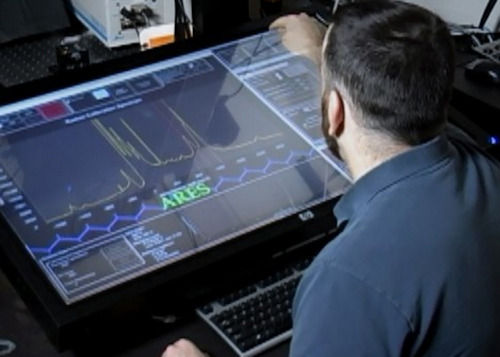 With this act, the president provides numerous indications to federal agencies to invest in AI and to adequately train operators, and makes many federal data and IT resources available for all those researchers working in the AI field.
With this act, the president provides numerous indications to federal agencies to invest in AI and to adequately train operators, and makes many federal data and IT resources available for all those researchers working in the AI field.
Finally, it urges the National Institute of Standards and Technology to produce models for AI-equipped systems that allow full machine integration.
Certainly not by chance, the day after the presidential initiative, the Department of Defense (DoD) published a compendium3 on the strategy to be implemented in the field of artificial intelligence ("AI strategy"), which defines the approach and methodology to be used to equip the armed forces with "intelligent" technology.
In particular, the document provides:
-
the decentralization of development and experimentation;
-
continuous training of personnel;
-
the gradual acquisition of operational capabilities equipped with AI to carry out all the key missions of the Department;
-
the promotion of exchanges and partnerships with the main players in the academic and industrial world, including abroad;
-
the utmost attention to the ethical and safety aspects resulting from the use of AI in the military sector.
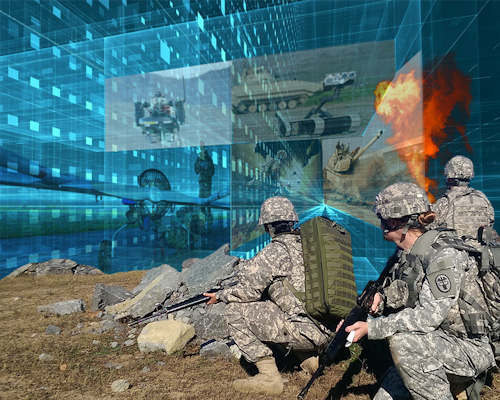 Executive body of the DoD and the first responsible for the implementation of the aforementioned doctrine, since June last year is the Joint Artificial Intelligence Center (JAIC), with the prevailing task of facilitating the planning processes, the definition of the policy and ensuring the governance of the transformation.
Executive body of the DoD and the first responsible for the implementation of the aforementioned doctrine, since June last year is the Joint Artificial Intelligence Center (JAIC), with the prevailing task of facilitating the planning processes, the definition of the policy and ensuring the governance of the transformation.
His duties also include the identification and analysis of security issues related to the implementation of the AI, including those of cybersecurity, and the study of the ethical aspects deriving from the use of the new technology.
The JAIC is complementary to the Defense Advanced Research Projects Agency (DARPA) and to the other study centers that are part of the DoD, and aims to accelerate the delivery to the Department of Defense of "AI capabilities" to carry out an ever greater number of operational missions , as well as to facilitate the planning processes, the governance and the acquisition of know-outs.
Even in China, artificial intelligence represents the figure of unstoppable technological progress4, so much so as to push Xi Jinping to affirm that "(the Nation) must stand in the forefront of the countries doing research in the field of AI and occupy top positions in the main related technologies".
In the wake of this thought, in July 2017 the Council of State issued the "Development Plan for New Generation Artificial Intelligence" (AIDP), which together with the best known Made in China 2025, published in May 2015, constitutes the main act of addressing in the specific sector.
In it, among other things, we read that China "promotes all types of AI technology to spread and find rapid application in the field of national defense innovation ".
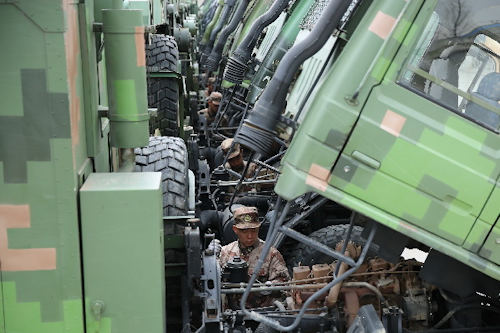
The two documents represent the conceptual framework on which all the initiatives relating to AI are structured, in a strictly centralized form, through the generous distribution of incentives and the adoption of targeted policies aimed at facilitating R&D.
It is not a case, in fact - I quote data5 of the 2017 - if China has already exceeded the US by financial volume invested in AI-related programs.
In particular, Chinese research policy is strongly oriented towards the possible applications of AI in the military field.
In fact, two military research centers depend on the National Institute of Technological Defense Innovation (NIIDT):
-
the Research Center for Unmanned Systems (USRC);
-
The Artificial Intelligence Research Center (AIRC).
The two realities, established in Beijing at the beginning of last year, each have around a hundred scientists and represent two of the largest research centers in the world in the military sector.
AIRC, in particular, is engaged in AI technology dual-use, including applications in the field of robotics and the learning machine applied to it, in the study of swarm applications6 intelligence, in that of wireless communications and computer security. In all likelihood, the AIRC also deals with classified activities of the Chinese armed forces and intelligence.
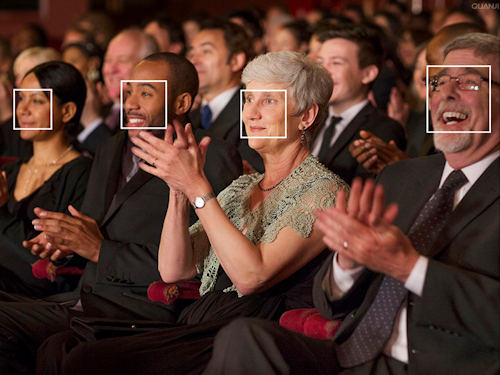 USA and China, in the last two-three years, have moved to face the challenges posed by the AI, driven above all by the progress achieved by private industry.
USA and China, in the last two-three years, have moved to face the challenges posed by the AI, driven above all by the progress achieved by private industry.
In fact, in the two countries, as in the rest of the world, most of the results are to be ascribed essentially to free initiative and to venture capital.
SenseTime in China and Deep Mind in the USA, just to give an example, have 600 and 700 researchers working full-time face recognition in the first case and research in the field of AI in the second, unthinkable numbers in the public sector, such as unthinkable would be to achieve the successes of these two private champions.
SenseTime is the world leader in the field of AI computer vision with a recorded increase in profits, for the third consecutive year, of 400%.
Chinese, and private, is also SZ DJI Technology Co Ltd, the largest drone manufacturer in the world.
Washington and Beijing have therefore understood, with a certain delay, the importance of issuing national sector policies and of envisaging "governmental realities" with the task of carrying out Research and Development.
The success of the open challenge between the two superpowers will depend on the ability to connect and govern national industry: a challenge that sees Beijing at an advantage due to its centralized form of government and strict control, also in terms of access to credit, which operates on national companies.
 In the USA, on the other hand, there is a lower propensity of the private sector to collaborate with the Federal Government, for fear of seeing margins of profit reduced due to the possible limitations on the marketing of dual products.
In the USA, on the other hand, there is a lower propensity of the private sector to collaborate with the Federal Government, for fear of seeing margins of profit reduced due to the possible limitations on the marketing of dual products.
The ethical implications also represent a further constraint for the USA, giving China an advantage, not only in the field of research but also in the field of development and subsequent implementation.
It is therefore necessary to hope that the warning to "avoid an intelligent arms race between The two countries”, Contained in "White Paper on the safety of the I.ntelligenza Artificial", Published in September by the Chinese Academy of Information and Communication Technology (CAICT) 2018, is taken up by the current leadership and obtains the desired effects.
6https://it.wikipedia.org/wiki/Swarm_intelligence
Photo: DARPA / US Air Force / MoD People's Republic of China / SenseTime / Deep Mind

